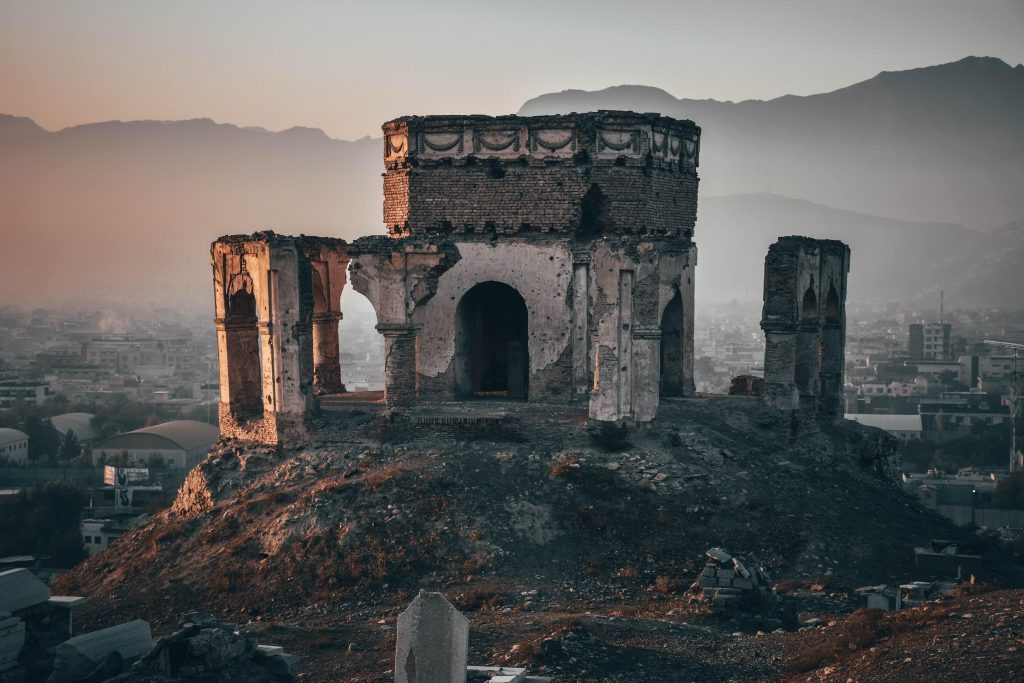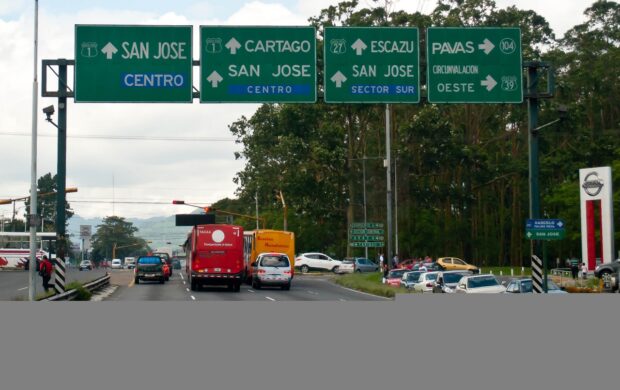What are the current governance approaches and ways of organising that are being used in attempts to create systems change? What would more systemic governance approaches for our work look/feel like and how might we transition to these?
Part one in a series of four exploring the future of how we govern and organise.
Co-written by Sean Andrew, Louise Armstrong and Anna Birney
“Every attempt to write a new human story converges upon just one mundane, heartbreaking problem: How shall we come together, work together, create together? How shall we organise?”
Nilsson, Paddock and Temmink, 2021, Changing the way we change the world (Draft manuscript)
At the heart of change is how we think, relate and act. While these ways of being weave in and throughout our ordinary everyday experiences, they are not always given the intention and continuous attention they need. We believe how we relate, work together, and organise are cornerstones of change making. How we find ways to bring awareness to these elements really matters, and is easier said than done. They need just as much attention as the structural shifts that are required in the coming decade.
With this in mind, we are exploring governance as the place of untapped potential that can enable transformation today and into the future.
We’re defining governance as: The forms, structures and social processes that people and institutions use to create and shape their collective activities.
As such, we, and many others we’re working with and are inspired by (Beyond the Rules, The Hum, Reinventing Organizations, Going Horizontal, Practical Governance, Organization Unbound, Lankelly Chase, Shared Assets, Patterns for Change, Leadermorphosis and Barefoot Guide Connection, to name a few) are calling for governance approaches that reflect systemic principles that are suited for complex adaptive systems. Many of those we’ve listed are experimenting with elements of this, each adapting these to their contexts like Transition Movement and their shared governance approach, or CIVIC SQUARE, who are applying their mission and values into the organisational structures and processes – from how they do recruitment through to how they do financial planning.

We’re increasingly noticing internally, through our own organisational experience at Forum for the Future, and through our systems change strategy, collaboration and coaching work with others, that many of us subscribe to dominant forms of governance that are designed for a complicated, not complex world. We’ve noticed that sometimes, without intention, our own patterns of organising and those of many of our partners are perpetuating the structures, dynamics and patterns we are trying to shift. For example, we take centralised or hierarchical decision making approaches even though we want to enable greater ownership over a project which can come through taking advice-based decision making approaches where those closest to the challenge are part of the process.
Systemic governance on the other hand enables self-organisation (how a group of people organises their time, attention and resources in ways that meet the urgent necessity of the moment). It cultivates the emergent practices (and enables new system patterns) that help us align to regenerative and distributive approaches that better mimic our living systems.
Our inquiry into governance
After exploring new forms of organising, over the last 18 months at Forum we have been exploring two governance inquiry questions:
- What are the current governance approaches and ways of organising that are being used in attempts to create systems change?
- What would more systemic governance approaches for our work look/feel like and how might we transition to these?
To respond to these questions, we’ve been reflecting on our own organisational life while also learning from current and past collaborations we’ve convened or participated in over the past decade.
What is governance?
So how do people understand governance in their context? Through our inquiry we found that peoples’ understanding and expression of governance varied and was even sometimes quite vague. While governance meant different things to people, depending on their role or context, the people we spoke to talked about it in a few distinct ways, the ‘elements of governance’.
Elements of systemic governance
Systemic governance has both soft and hard elements.
Part of the reason why we tend to think of governance as a fixed process is that we often associate it with a few rigid components. From this exploration we realised that governance is in fact made up of a whole spectrum of elements, which while distinct, together create a unique governance context you may find yourself within, be that in an organisation, a movement, a collaborative endeavour, a community or really any place where people come together to organise something. By naming a spectrum of elements it expands the view of what governance is and how these parts form a tapestry.
We’ve created the figure 8 (below) as a summary of what we’ve heard, recognising that one way of distinguishing these elements is looking at the ‘hard’ or ‘soft’ elements. While the hard and soft elements can sometimes feel in tension with each other – they are in fact interdependent and together they form part of the governance landscape we have to traverse together;

In reality – we recognise these elements can be interchangeably hard/soft and are in symbiosis. Some will be visible and explicit and others invisible and implicit, depending on the context and people’s experience. For example, a “hard” element such as finance might actually be very hidden in an organisation without financial transparency or a “soft” element such as communication and transparency might be experienced overtly as lacking and be a visible gap in ways of working.
Innovating the hard and visible elements of governance
Most of the governance approaches we explored focused on the hard and often more visible, explicit structural elements of the organisation. These seemingly felt easier to figure out with clear problem > solution tactics. For these hard, visible structural elements of governance, people talked about inherited “best practices” that often took the form of compliance protocols. When working systemically, challenges can come when the ‘hard’ or ‘visible’ parts of governance are too rigid and fixed. We found that people working on complex challenges were often bound by these constraints and were yearning for ways to disrupt, reimagine, and innovate these ‘hard’ elements.
One hypothesis we are working with is that the hard stuff (the what) can be a transitory tool and a trojan horse for prioritising the soft stuff (the how).
The soft, invisible elements are the hardest part of governance to shift
The “soft” elements of governance are the implicit less formal cultural components of how people relate and organise. It’s often less tangible and thus harder to shift. Systemic governance is a constant practice of probing, sensing and responding to the dynamic nature of these elements in changing contexts. We found that these elements are too often submerged and therefore if we want to develop resilient adaptable governance approaches we need to bring to the surface and made explicit the soft cultural elements. While these elements are often deprioritised as they are unseen, they are still aspects of governance that materially impact the lived experience of people working within different organising forms.
Why is it so hard to work with the softer issues? The nature and quality of our relationships is the foundation of any governance. Questioning, challenging and reconfiguring established relationships is hard. It can take difficult conversations and processes to bring in different perspectives and overcome unhealthy power dynamics. Bringing self-awareness, paying attention to relational dynamics, creating space to listen and honestly share and transparent communications are the starting points.
Reframing governance as a journey
We heard people thinking about governance as putting structures and processes in place and thinking the rest will follow. Any of the words and connotations people mentioned pointed to governance as something that is fixed and hard, a static thing you set up on a one-off basis when in fact governance approaches are alive, can be enabling and need to be seen as a constantly evolving journey. We’ll explore some more of these governance myths in the next blog piece.
Sign up for the newsletter to get the next blog piece directly to your inbox.
Governance as an overlooked intervention or leverage point for change
These elements of governance play out in all of the many ways when we come together – be that in a multi stakeholder collaboration, across teams or functions in a large organisations, in communities, within networks or distributed movements. Governance is central to any form of organising or organisation creating change. We need to support others to imagine and implement new governance approaches that demonstrate and model how we can operate systemically, as a fractal of the change we are cultivating in the world.
What next?
We offer this figure 8 framework as a way to open up a different conversation about governance and acknowledge it is just one framing. We’d love to know if this resonates with your experience and how the challenges of hard and soft elements play out for you?
We’ll be writing two more pieces in this series. One to explore some of the governance myths we’ve been uncovering through our inquiry (e.g. governance helps us control things). And a second to dig deeper into some of the core systemic governance elements you might start to pay attention to now as critical yeast to influence your organisational practices and experience.
In 2021, we’re starting to explore some of these ideas with fellow travellers who have similar experiences in their context. If these ideas resonate with you or you want explore them more – get in touch with Sean s.andrew@forumforthefuture.org or Louise l.armstrong@forumforthefuture.org
Background context
At Forum for the Future, our governance inquiry is one of our three live inquiries (power, governance, regenerative) we’ve been exploring over the last 18months. This inquiry approach supports our aspiration to be a learning organisation that keeps questioning the assumptions nested in our purpose and supporting structures, processes and practices. Our belief is that these inquiries are helping us continuously become a system-changing organisation that is using our own experience as a site of learning, and as an expression of the change work we’re trying to do in the world. This inquiry has been greatly inspired and supported by those in the field who have been, and are, experimenting with ideas and approaches to governance. This piece is part of our ongoing Future of Sustainability series. In 2021 we’re exploring the narratives and practical interventions needed for transformation in the coming decade.
Read next:
- Exploring transformational governance together Governance can be transformational. When we set our sights on changing the world, we also know that governing well goes beyond preparing our own organisation, network or movement for the future. How do move beyond tweaking the way things currently work and apply governance to transform the ‘systems’ that operate in our society that maintain injustice, oppression and inequality (such as race, patriarchy and class)? (PART 2/4)
- Reimagining governance myths Part three in a series of four exploring the future of how we govern and organise. This piece looks at how people think governance happens today and challenge five commonly held governance myths. (PART 1/4)















The governance figure 8 is a really useful tool for thinking and talking about this. I can instantly see many different ways this could be applied.
Love that you take the time to unpack and breath life into the concept of governance. It’s one of those terms that we throw around all the time without understanding what we really mean by it, and we often assume that we are all interpreting it the same way. Many years ago, I found myself doing something similar with the concept of ‘evaluation’, a term that feels so worn and uninspiring. It occurred to me that the essence of evaluation is ‘curiosity’, which has unfortunately been lost along the way, or at least massively overshadowed by ‘accountability’. In my experience, when we take time to reconnect to our curiosity, a much richer and authentic doorway of evaluation practice opens up. I wonder if there’s something like that at the core of governance.
I also really appreciate your call to see governance as a journey not just a thing you put into place.